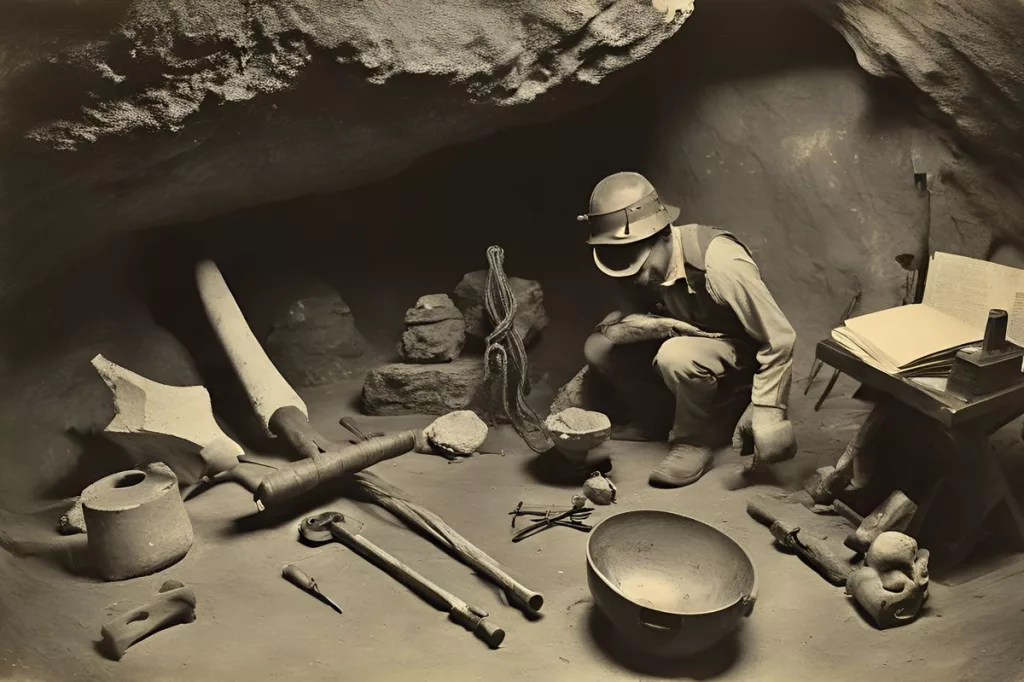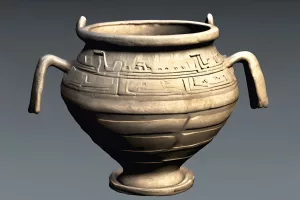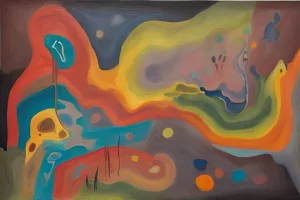The Peers family, selftaught archaeologists, played a significant role in uncovering the ancient history of Fish Hoek through their exploration of Peers Cave. A pictorial lecture is set to honor the family’s legacy and focus on their influence beyond Fish Hoek, including their remarkably named houses. The lecture will be delivered by Margaret Gundry, who delves into the narratives behind the names of Fish Hoek’s homes, uncovering fascinating stories behind them. Gundry’s investigation into the Peers family led her to New Zealand, showcasing the intertwined nature of histories and the legacy of the Peers family beyond Fish Hoek.
A 2,000yearold pot from the Khoekhoen people has been found at the Kagga Kamma Nature Reserve in the Western Cape, South Africa. The pot, believed to have been used for cooking, is made of red ochre clay and shows evidence of scorch marks. The discovery is a window into the cultural practices and human resilience of the Khoekhoen people and their coexistence with huntergatherer societies. Plans are being developed to create a 3D model of the pot for educational purposes and public awareness campaigns.
Delving into the Past: A Fascinating Exhibition on South Africa’s Early Human History
The ‘Unveiling Early Southern Sapiens Behaviour’ exhibition at the De Hoop Collection showcases the fascinating lives and practices of early humans in South Africa’s Southern Cape coastline. Visitors can delve into archaeological findings from places such as Blombos Cave, Klipdrift Shelter, and Klasies River, gaining insight into the beginnings and behaviours of early Homo sapiens who resided there between 120,000 and 50,000 years ago. The exhibition highlights the genetic evidence that links all Homo sapiens to African origins and serves as a recollection of our common roots, drawing focus to the interdependence of all humans.



